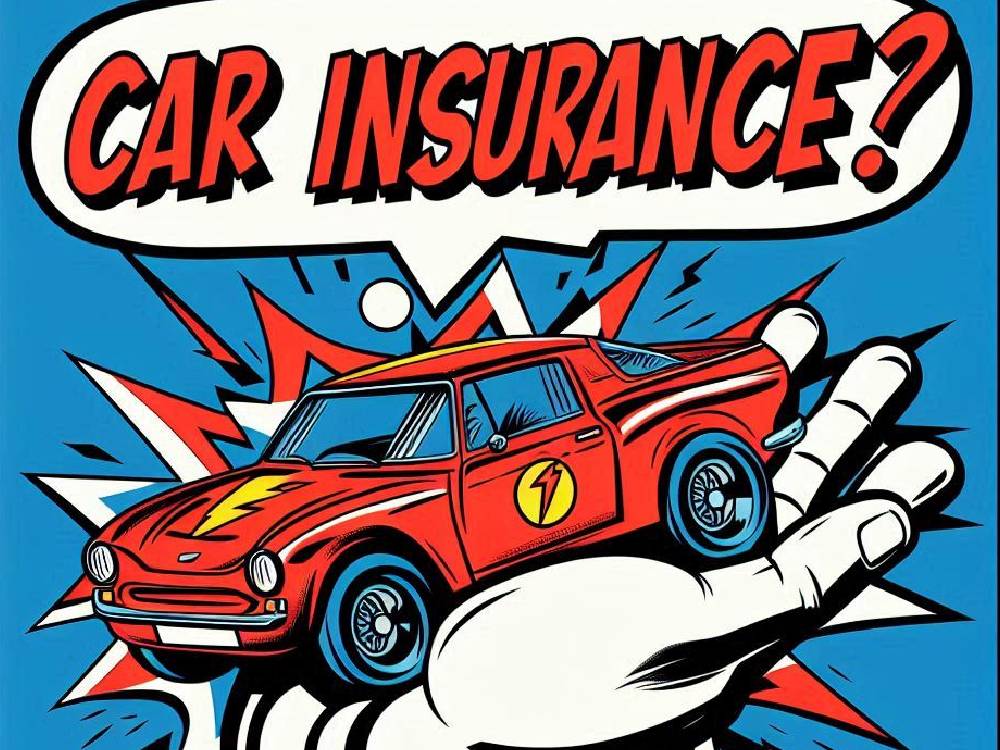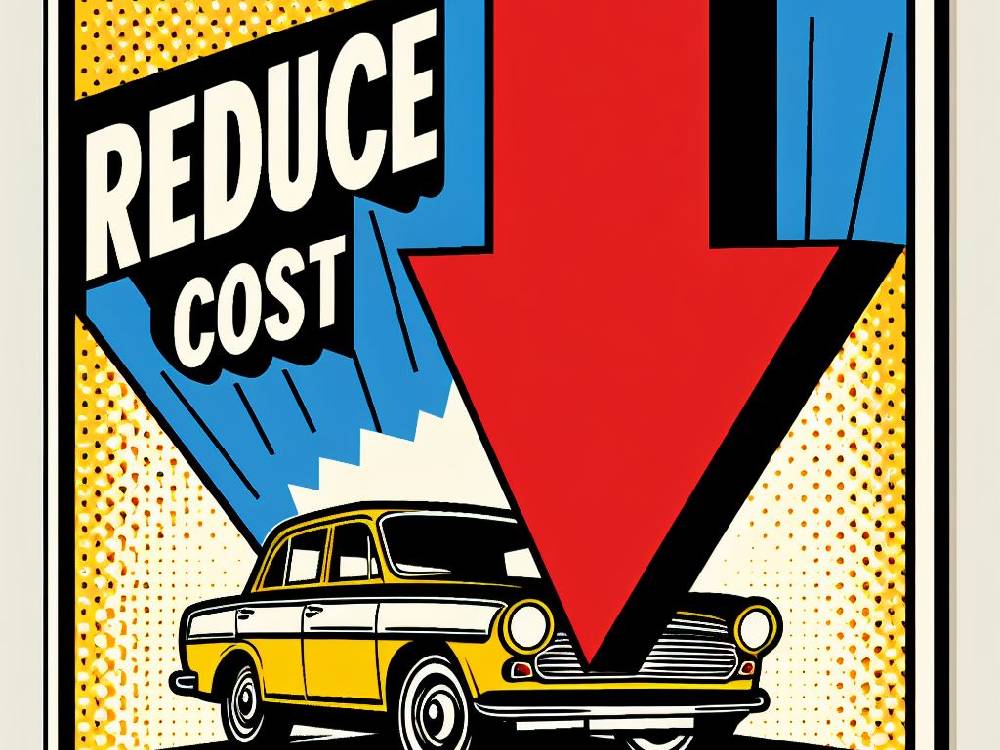Introduction
Car Insurance Cost…
Are you grappling with the challenge of finding the right car insurance in the UK?
Rest assured, you’re certainly not alone in this quest.
Wondering how you can unlock cost-saving secrets?
Well, you’re in luck because we’re about to dive deep into these strategies.
Choose Your Car Wisely To Reduce Car Insurance Cost
Ever thought about how your car choice impacts insurance cost?
Smaller, less powerful cars are usually cheaper to insure.
Why, you might ask?
Because they typically have lower repair costs and are less risky.
So, when shopping for a new car, remember: your choice can lead to big insurance savings.
Want to know more about making the right car choice?
Check out the cheapest cars to insure.
Keep Your Car Safe
Did you know where you park can save you money?
Vehicles in secure locations like garages attract lower insurance rates.
Additionally, living in a low-crime area can be a bonus for your wallet.
Interested in learning more?
Here’s how secure parking affects your premiums.
Drive Fewer Miles To Reduce Car Insurance Cost
Think driving less doesn’t matter? Think again!
Lower annual mileage can lead to more affordable premiums.
Changed your driving habits, perhaps due to remote work?
Definitely let your insurer know about this shift.
Want to dive deeper into how mileage affects your rates?
Explore the relationship between mileage and insurance rates.
Install Security Features
Here’s a tip you might not have considered:
Adding security features like alarms and trackers can lower your premiums.
Why? Because these features make your car less attractive to thieves.
Investing in security is not just smart; it’s cost-effective!
Curious about which features can save you the most?
Pick The Right Level Of Cover
Choosing the correct insurance cover is crucial, but it can be confusing.
Comprehensive cover might cost more, but it often offers better value in the long run.
For older cars, a different type of cover could be more cost-effective.
Learn more about choosing the right level of cover.
Consider Black Box Insurance To Reduce Car Insurance Cost
Ready for a tech-savvy tip?
Black box insurance, or telematics, might be your ticket to lower premiums.
This smart technology monitors your driving habits, rewarding safe driving with cost savings.
Especially for young drivers, this can be a game-changer.
Intrigued by how technology can save you money?
Learn about the benefits of black box insurance.
Be Thoughtful With Your Job Title
Now, here’s an aspect you might not have thought about much:
Your job title can significantly influence your insurance rates.
Why is this, you ask?
Well, it turns out that different professions are perceived differently by insurers.
Dive into the specifics and learn more about the influence of your job title on insurance rates.
Adding A Named Driver May Help To Reduce Car Insurance Cost
Adding an experienced driver to your policy can sometimes reduce costs.
But here’s the catch: they must genuinely use the vehicle.
This strategy is particularly beneficial for young or high-risk drivers.
Wondering how this works?
Learn how adding a named driver affects your premiums.
Protect Your No-Claims Bonus
Did you know a no-claims bonus is like gold in the insurance world?
Maintaining a claim-free record can lead to substantial discounts over time.
So, it’s worth considering measures to protect this valuable bonus.
Curious about how to safeguard your no-claims record?
Read about protecting your no-claims bonus.
Pay Upfront For Insurance
Considering how to reduce your car insurance cost?
Paying your premium annually might just be the solution.
Why, you ask?
Well, it’s simple: paying annually helps you avoid the interest or administrative fees that are often tacked onto monthly payments.
Hold on, there’s more: By paying upfront, you not only simplify your finances but also potentially unlock lower rates.
Curious about how this can impact your budget?
Here’s why you should consider paying insurance upfront.
Reduce Car Insurance Cost By Taking An Advanced Driving Course
Ever wondered how to stand out to insurers as a safe driver?
Completing an advanced driving course might just be the answer.
Why is this a smart move?
Insurers often regard additional training as a sign of a safer, more responsible driver.
And the best part?
This can often translate into lower premiums, especially for younger drivers who are typically seen as higher risk.
Discover the impact of advanced driving courses on insurance rates.
Watch For Admin Charges
Wondering about additional ways to reduce your car insurance expenses?
Well, here’s a valuable tip: Pay close attention to administrative fees.
Now, why should this be a focus?
Some insurers implement charges for making policy adjustments or at the time of renewals.
Gaining a clear understanding of these fees empowers you to make better-informed decisions regarding your policy.
Want to ensure you’re not caught off guard by unexpected charges?
The key is to familiarise yourself with the common fees and their potential impact on your insurance costs.
Eager to delve deeper into this topic?
Explore more about navigating administrative charges and learn how to effectively manage your car insurance expenses.
Choose Modifications Wisely
Thinking of sprucing up your car with some modifications? Here’s a key point to consider:
Car modifications can have a significant impact on your insurance costs.
But did you know?
Not all modifications are treated equally by insurers.
For instance, enhancements like improved security systems may actually reduce your premiums.
However, there’s a flip side:
Modifications that boost performance or aesthetic appeal can often lead to higher insurance costs.
So, what’s the takeaway?
It’s crucial to be mindful of how each modification will affect your insurance.
Curious about the specifics?
Explore the effects of car modifications on insurance premiums.
Compare Pay-As-You-Go Insurance
Are you someone who doesn’t drive very often? If so, here’s a potentially cost-effective solution: Pay-as-you-go insurance.
Now, you might be wondering, how does this work?
It’s an incredibly flexible option that can adapt perfectly to your unique driving habits.
It’s definitely worth considering, especially if you’re a low-mileage driver.
Want to see if pay-as-you-go insurance aligns with your needs?
Understand more about pay-as-you-go insurance.
Take Advantage Of Discounts
Are you actively searching for additional ways to reduce your car insurance costs?
If so, here’s a crucial strategy: Keep a vigilant eye on the discounts and special offers provided by insurance companies.
Don’t hesitate to directly inquire with insurers about the potential discounts they have available.
Are you curious about how to effectively tap into these savings?
Dive deeper and learn about the various types of discounts and offers available, and understand how you can leverage them to benefit your budget.
Conclusion
Car Insurance Cost..
So, it’s all about making wise choices and taking proactive measures.
But let’s not forget:
Choosing the right car and optimising your insurance policy are just the beginning.
Staying informed and regularly comparing your options can make all the difference.
Eager for more insights and practical tips?
Dive into our comprehensive guide on car insurance. Especially if you’re a young driver, you’ll find a wealth of information on how to navigate these waters.
So, keep these tips in mind, stay informed, and remember: The key to affordable car insurance cost is within your reach.
Stay savvy, stay insured, and drive with confidence!













